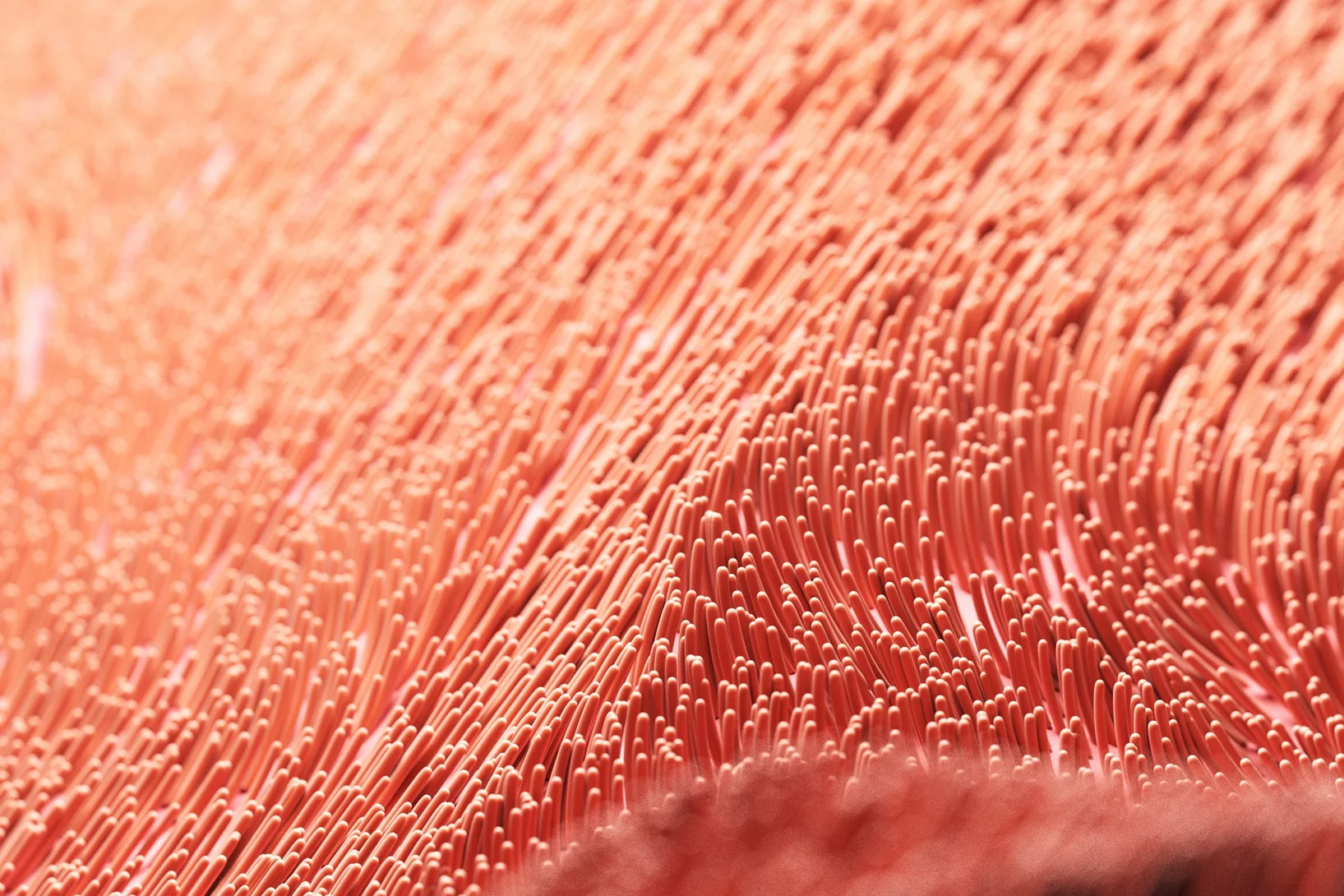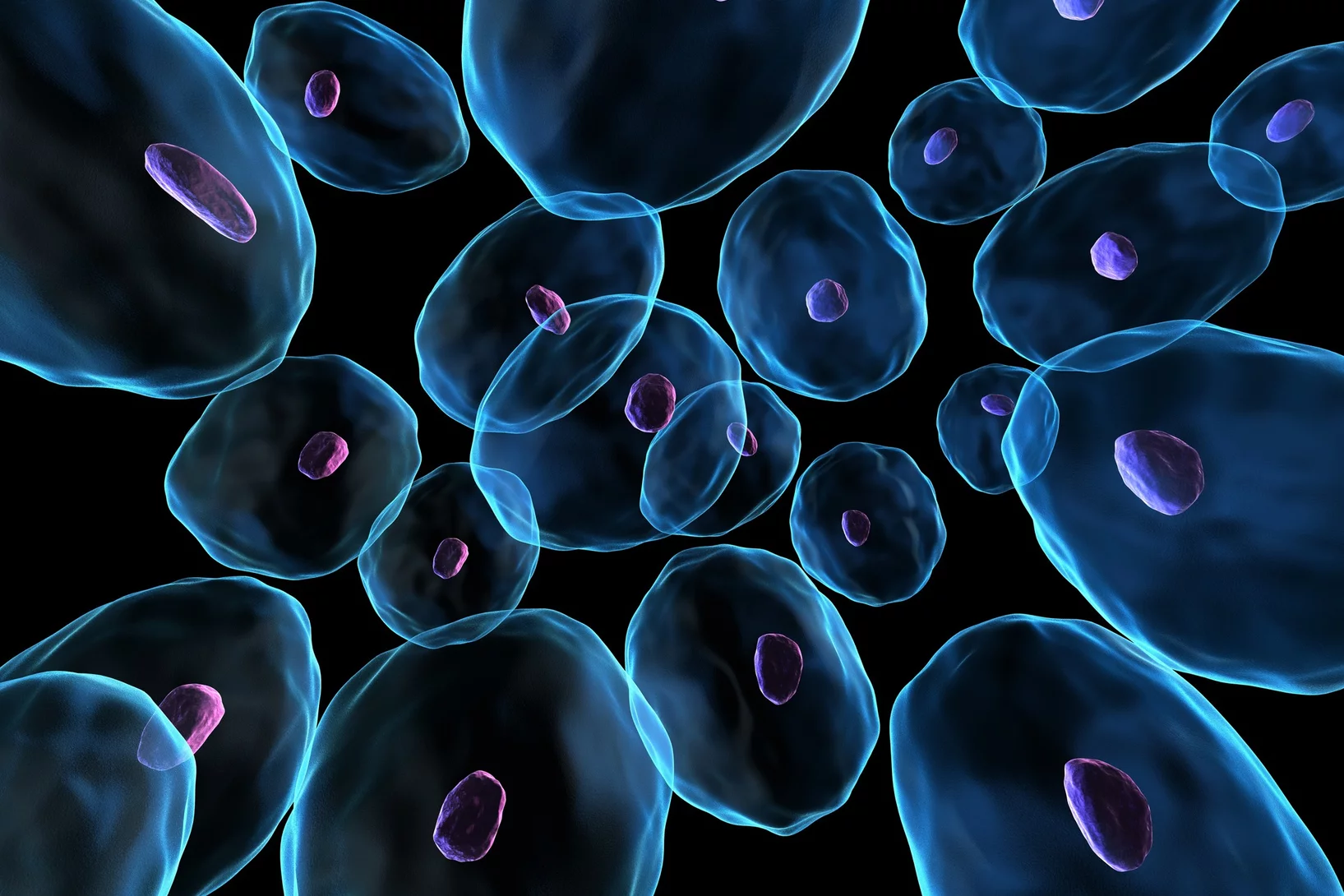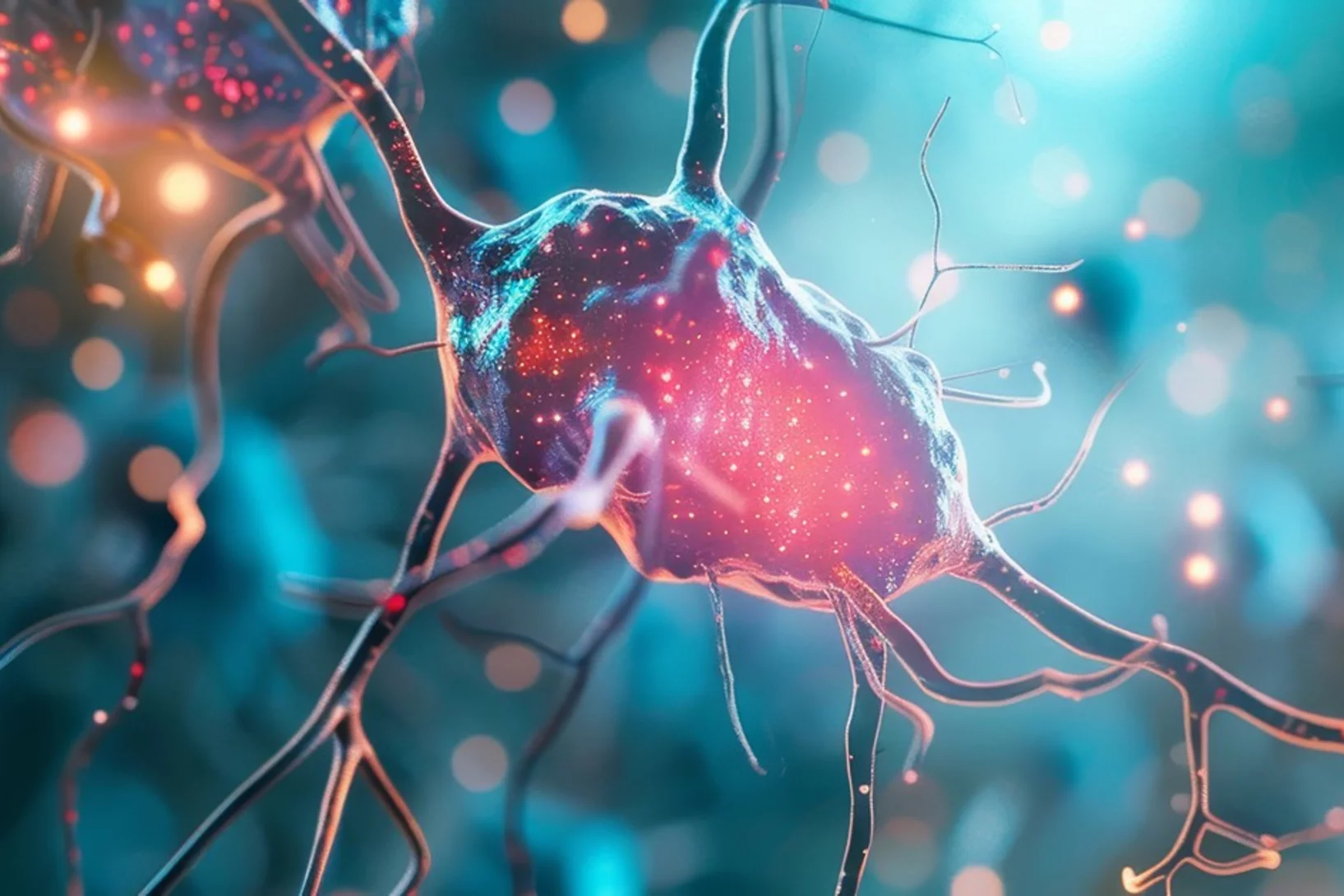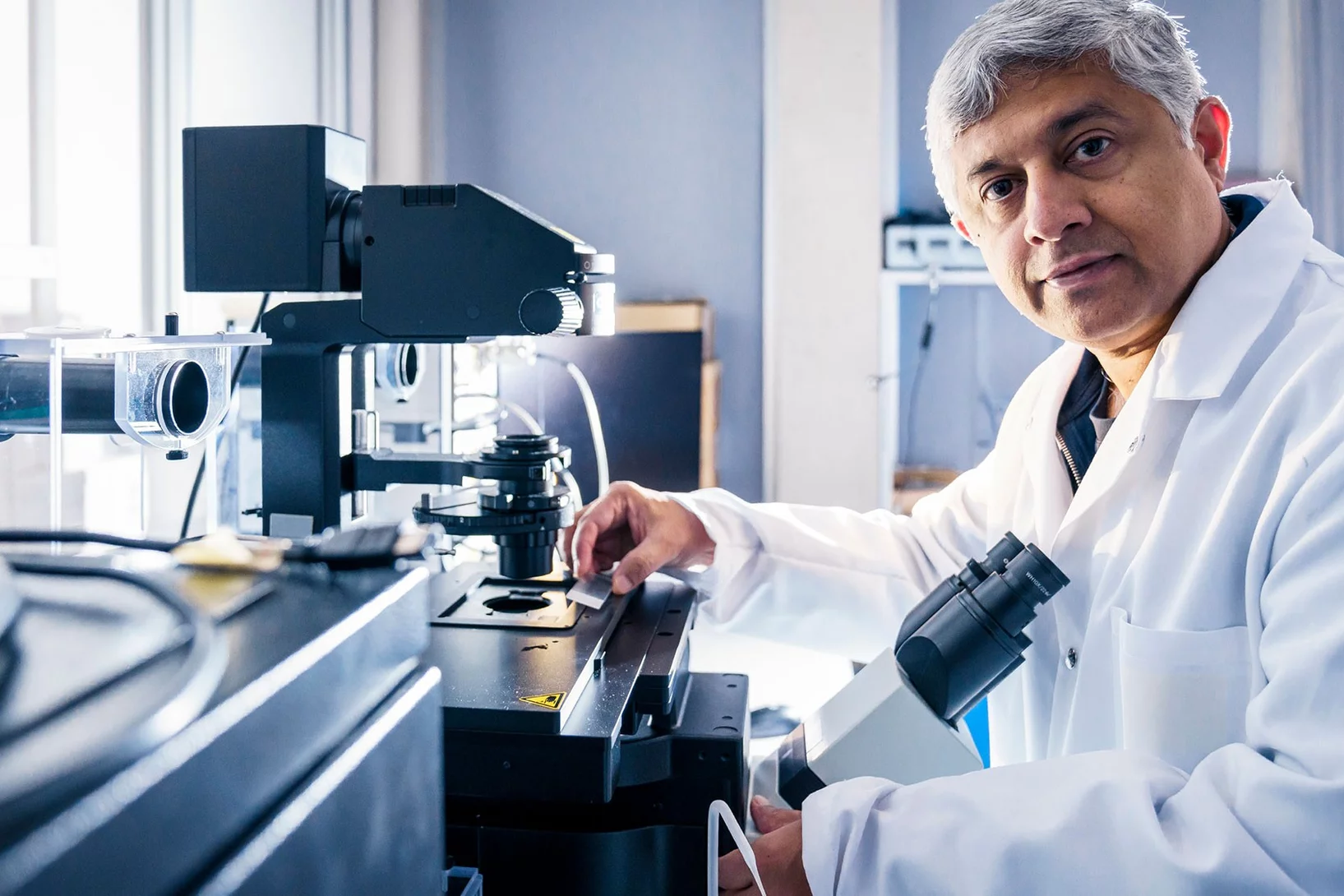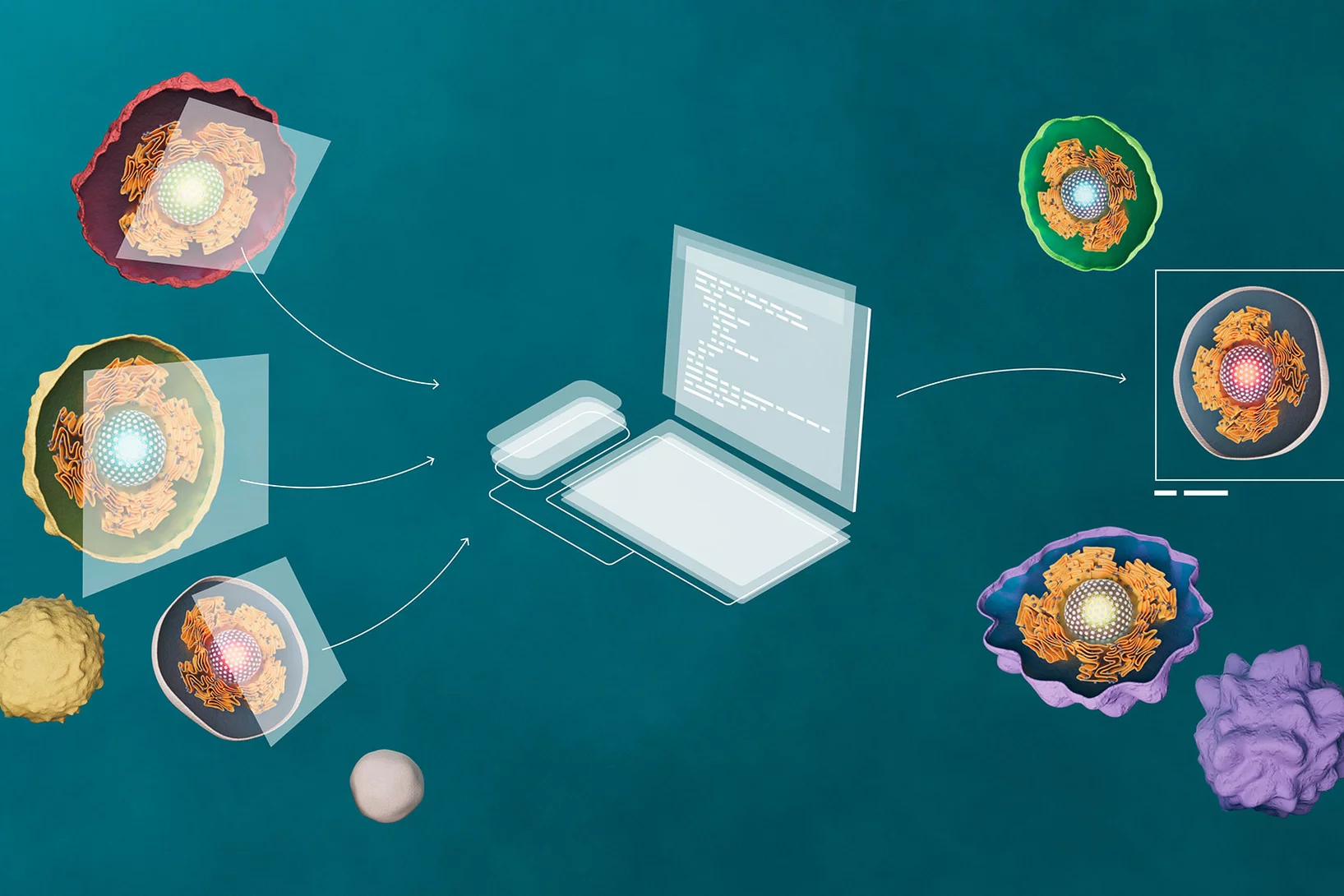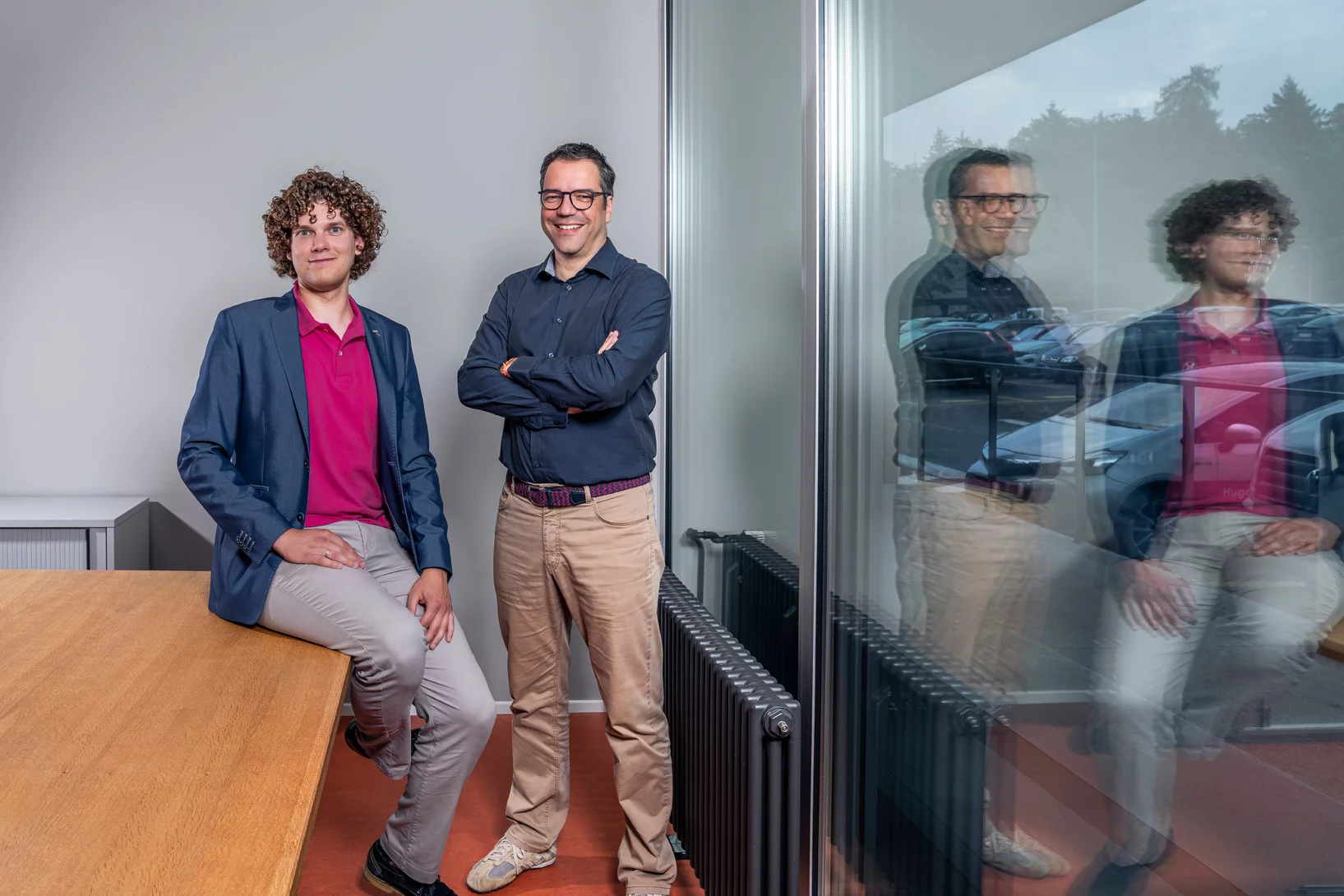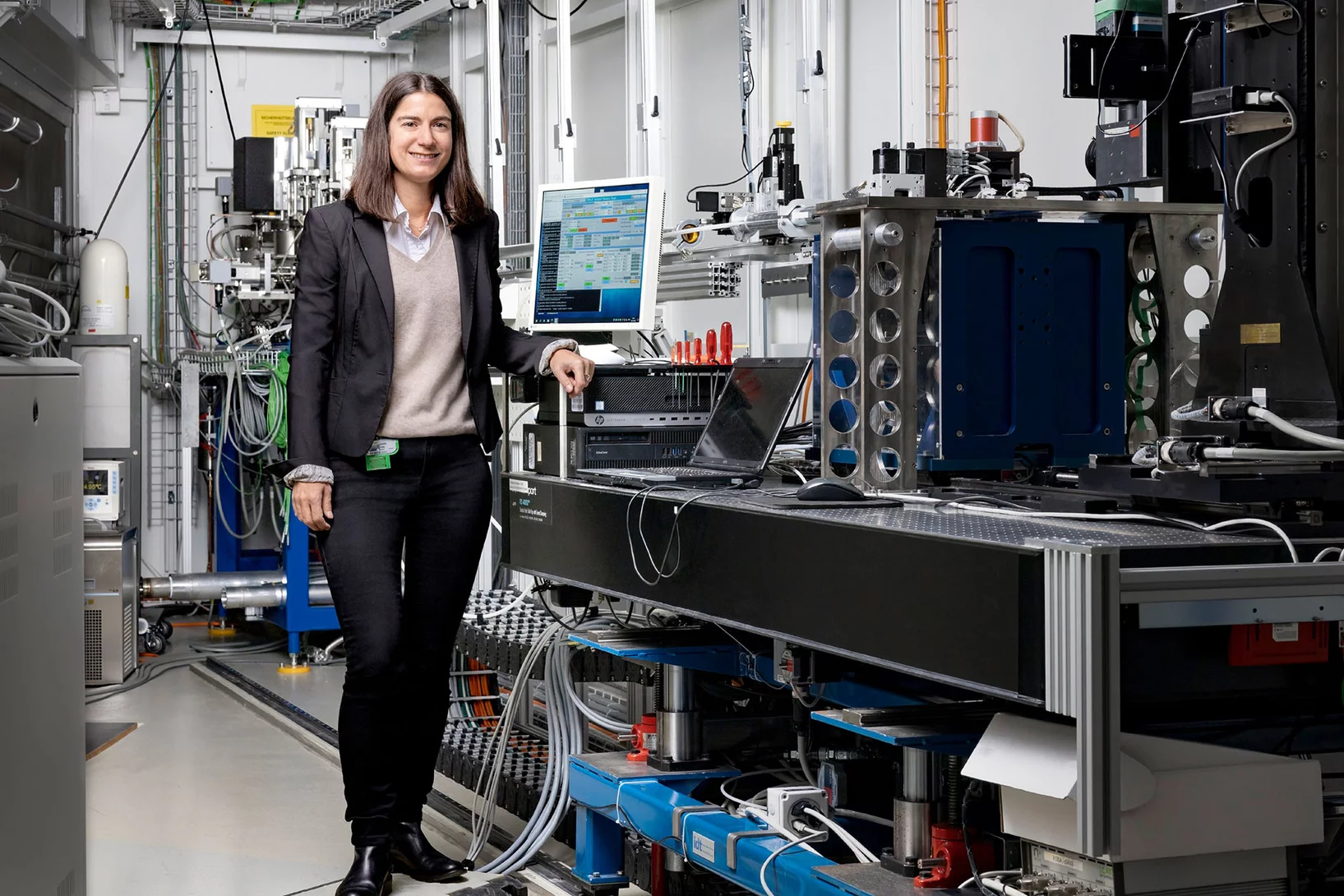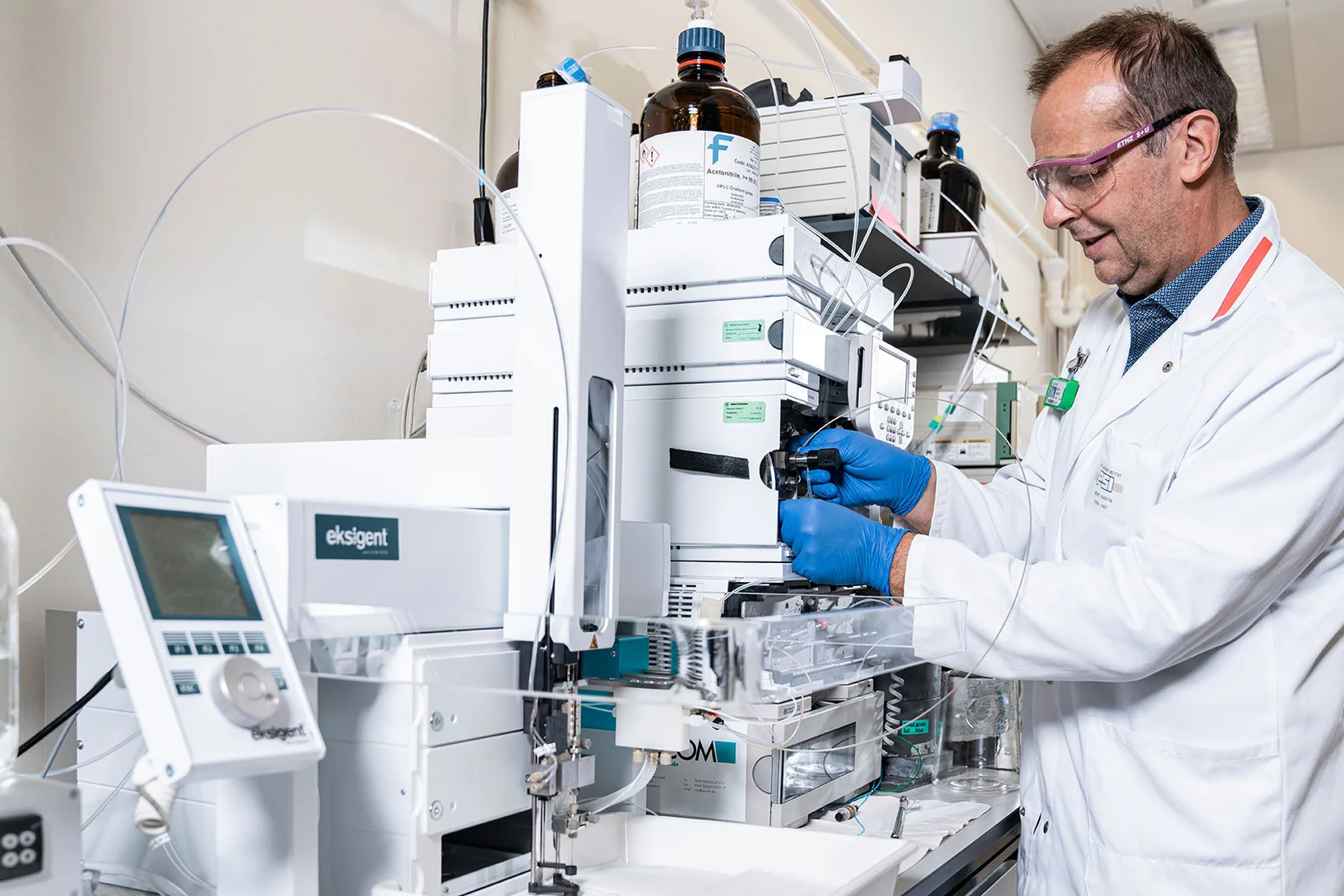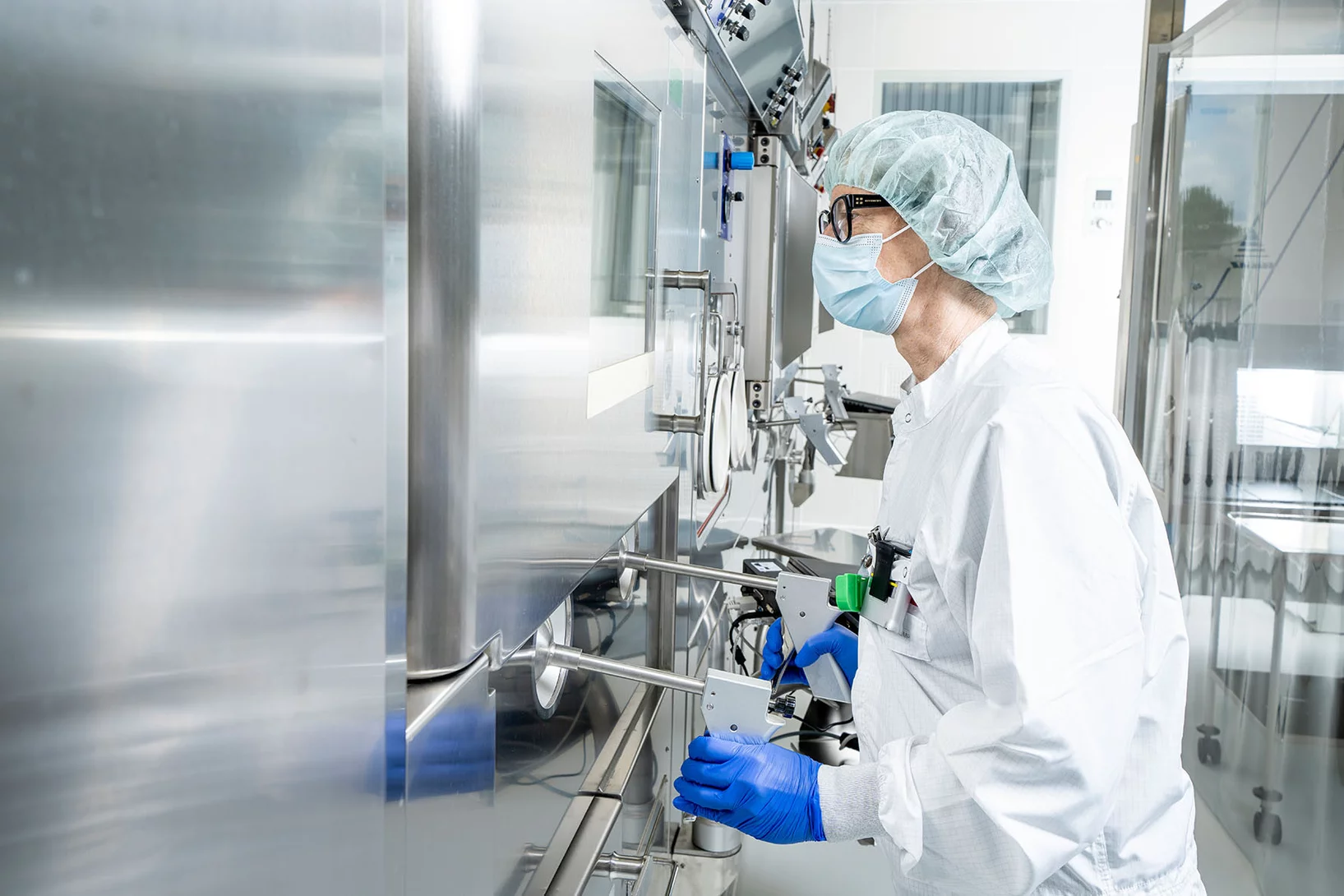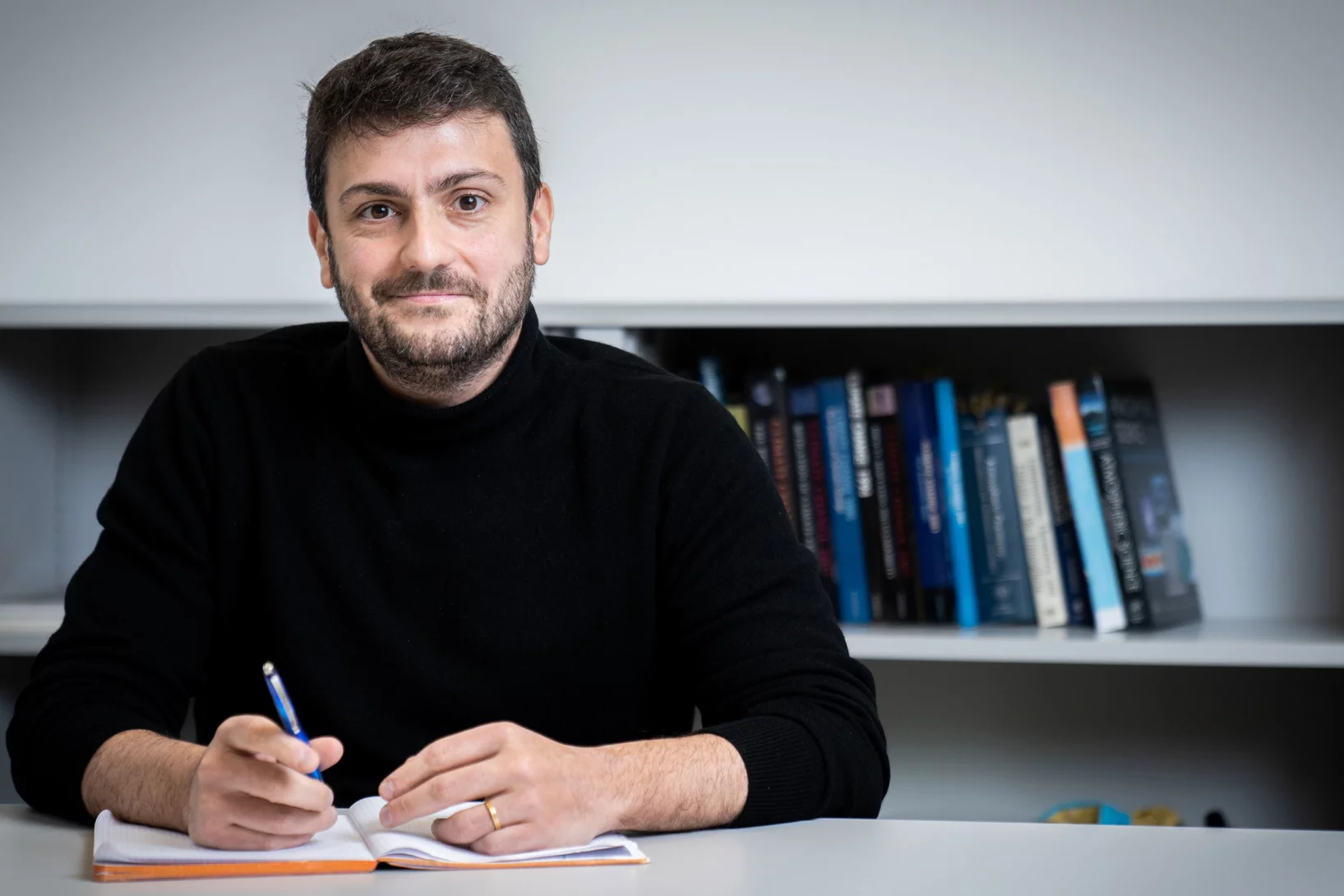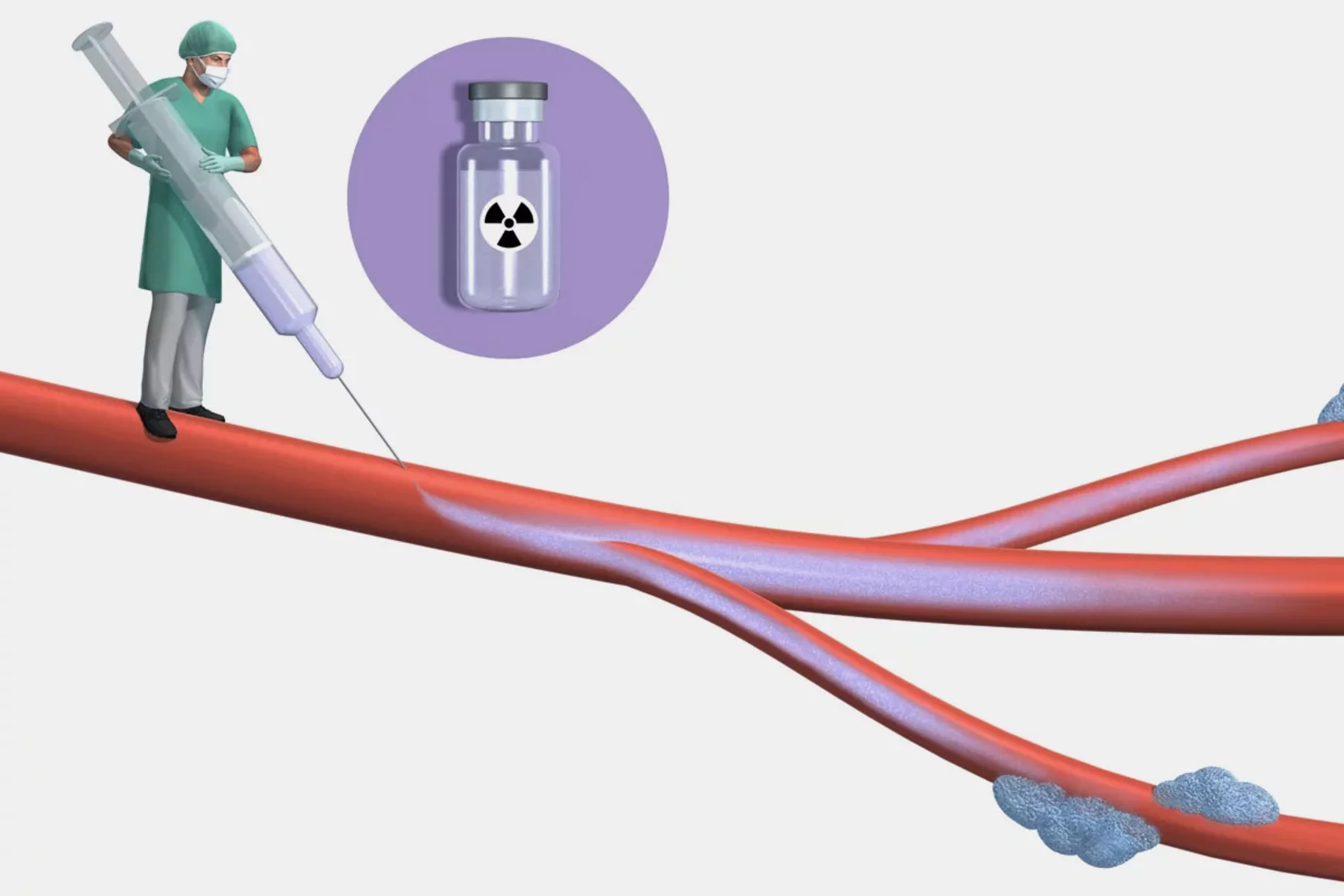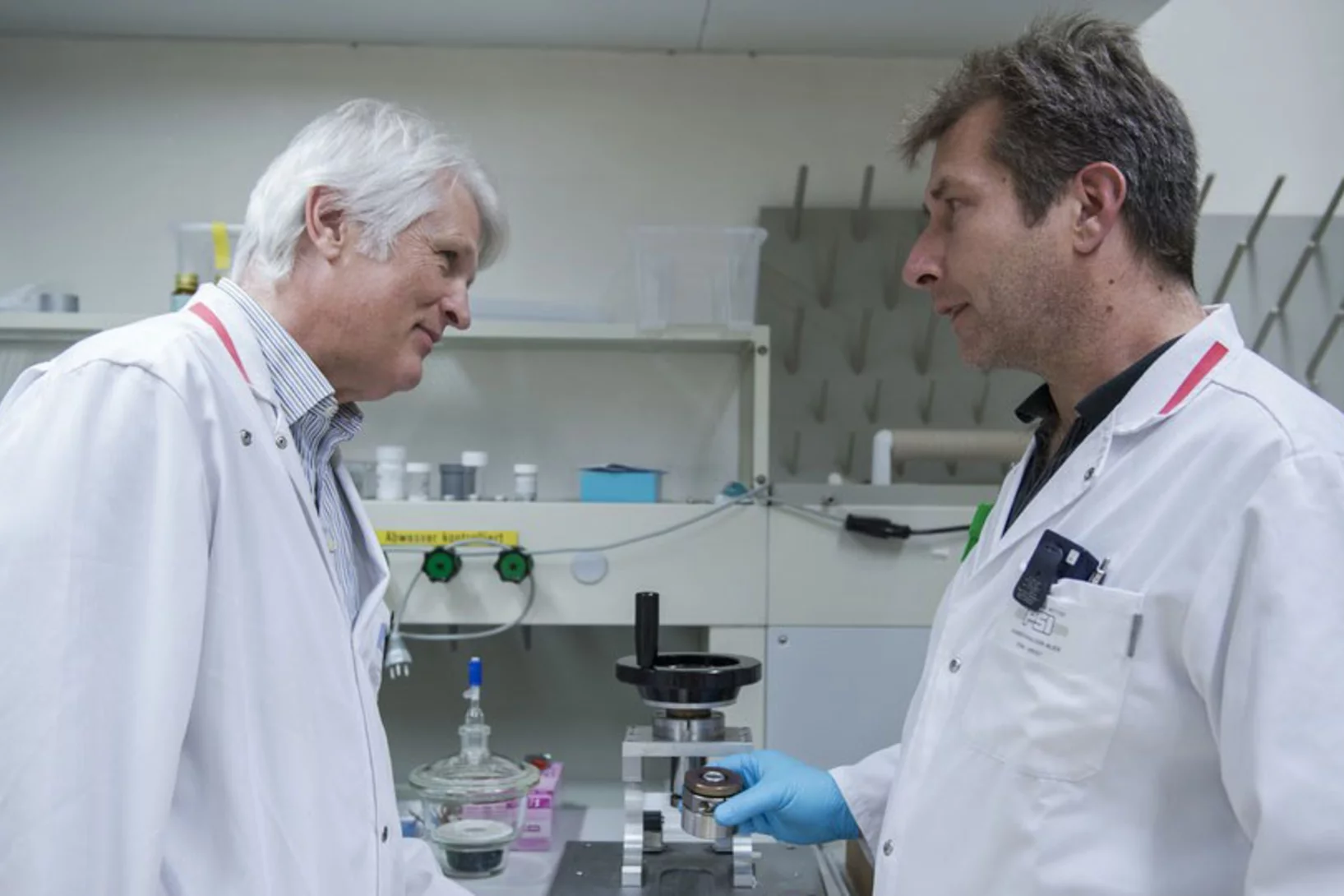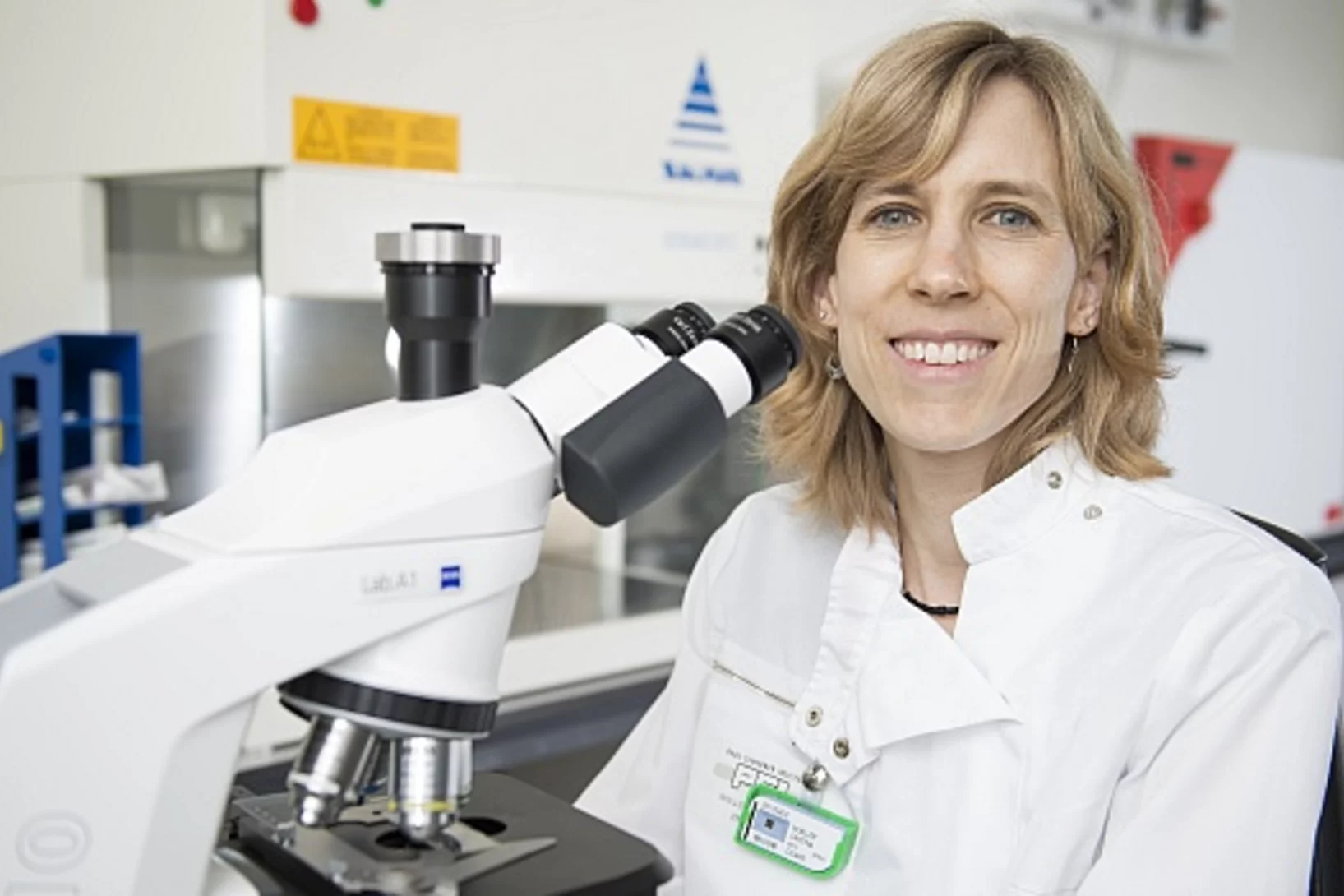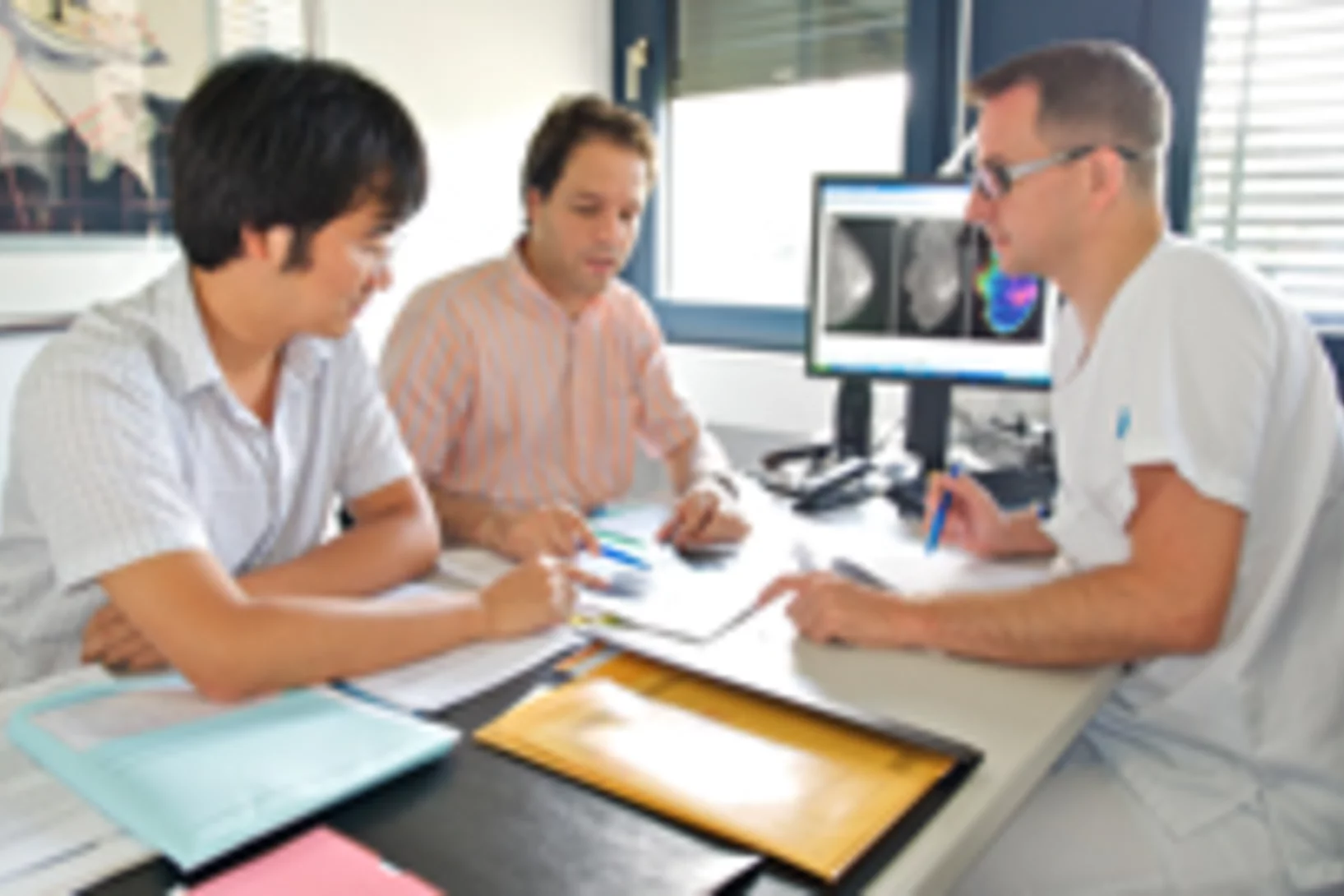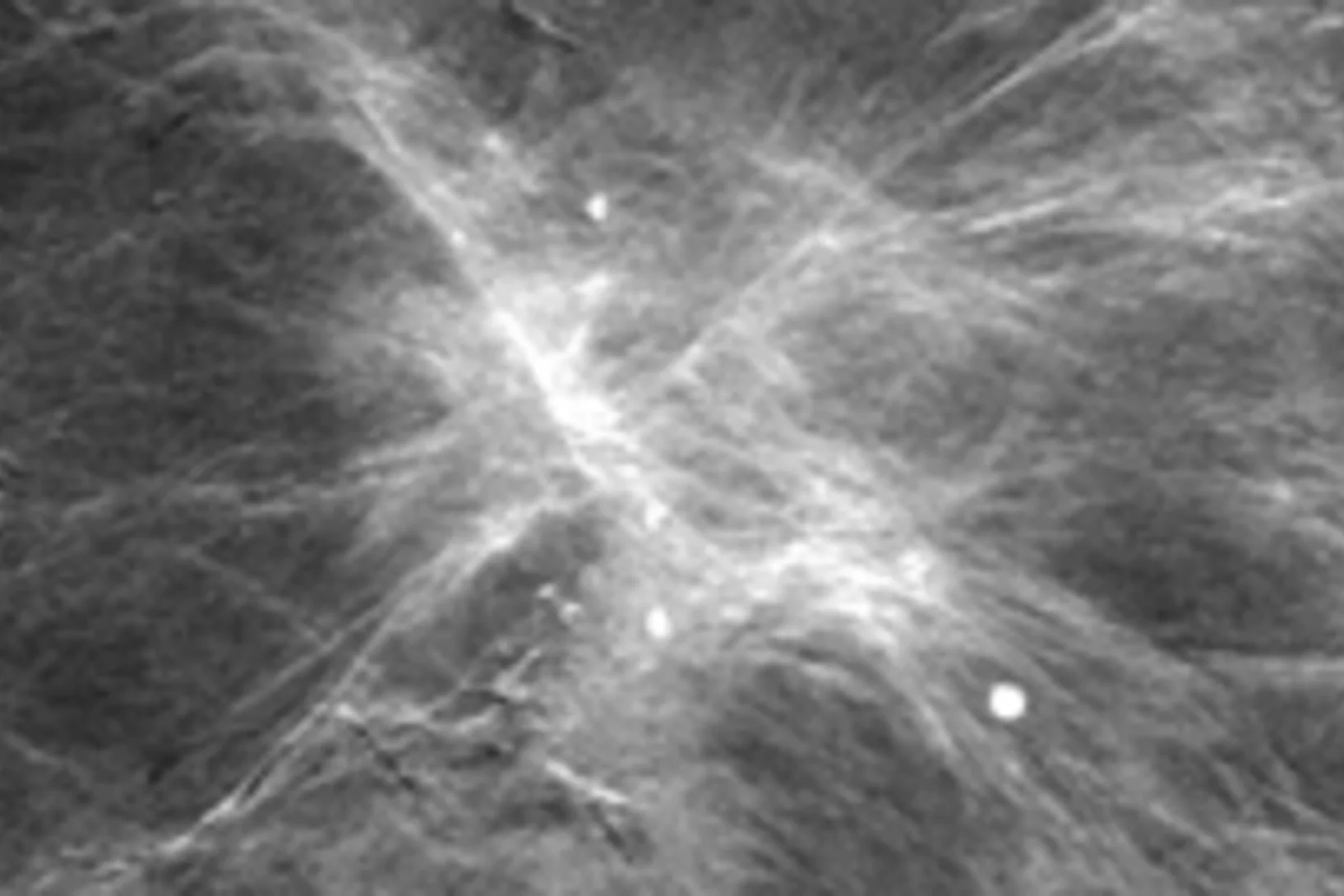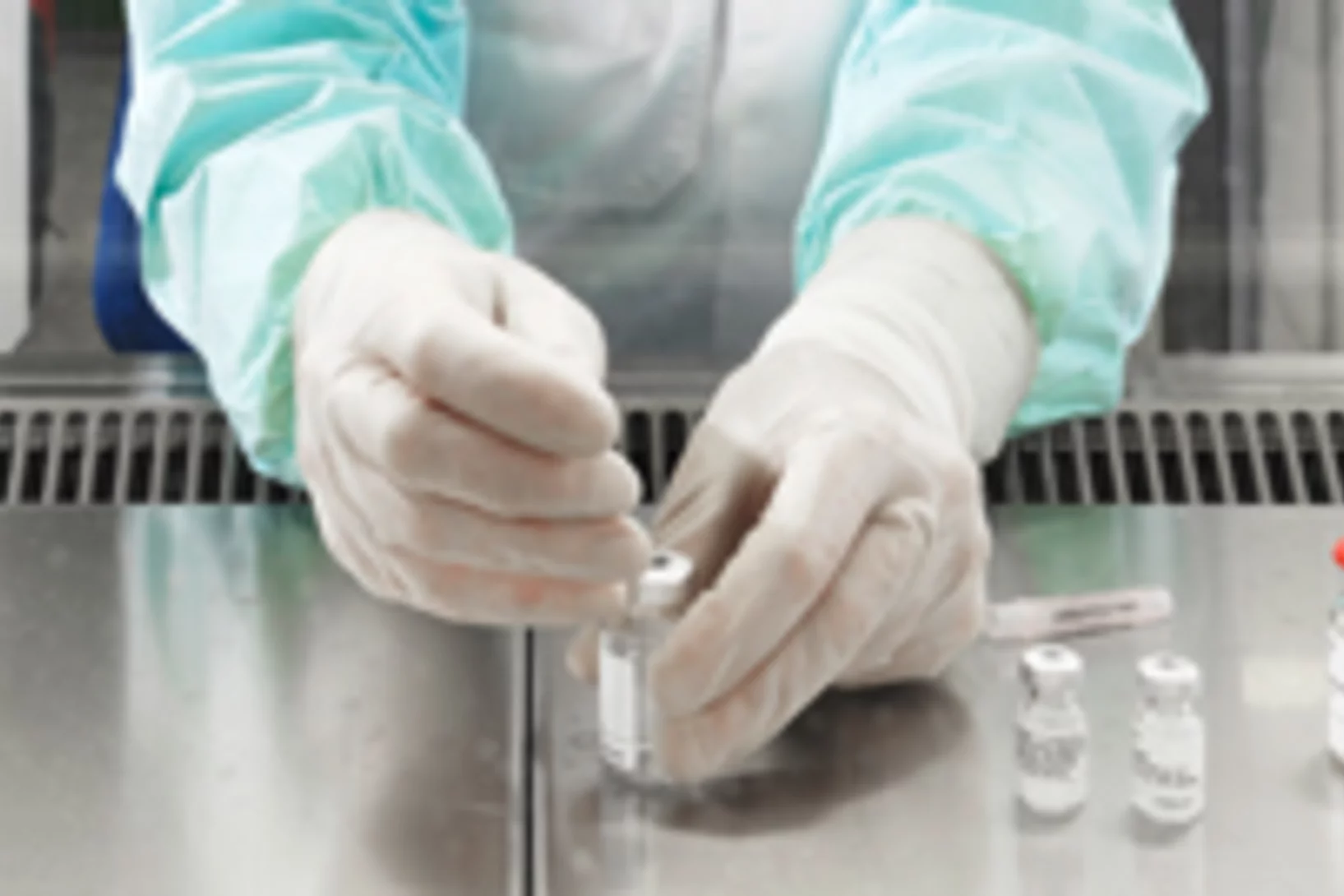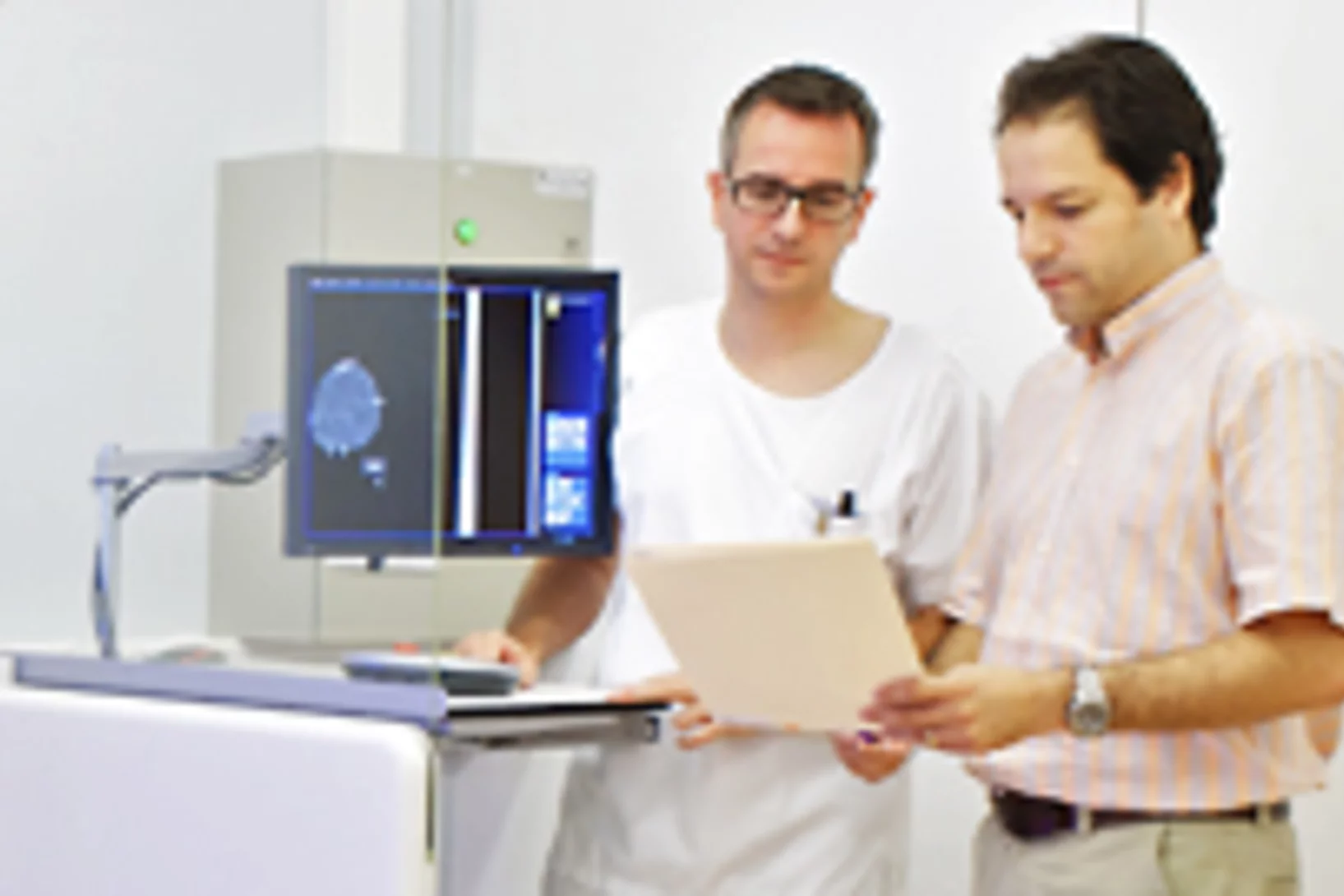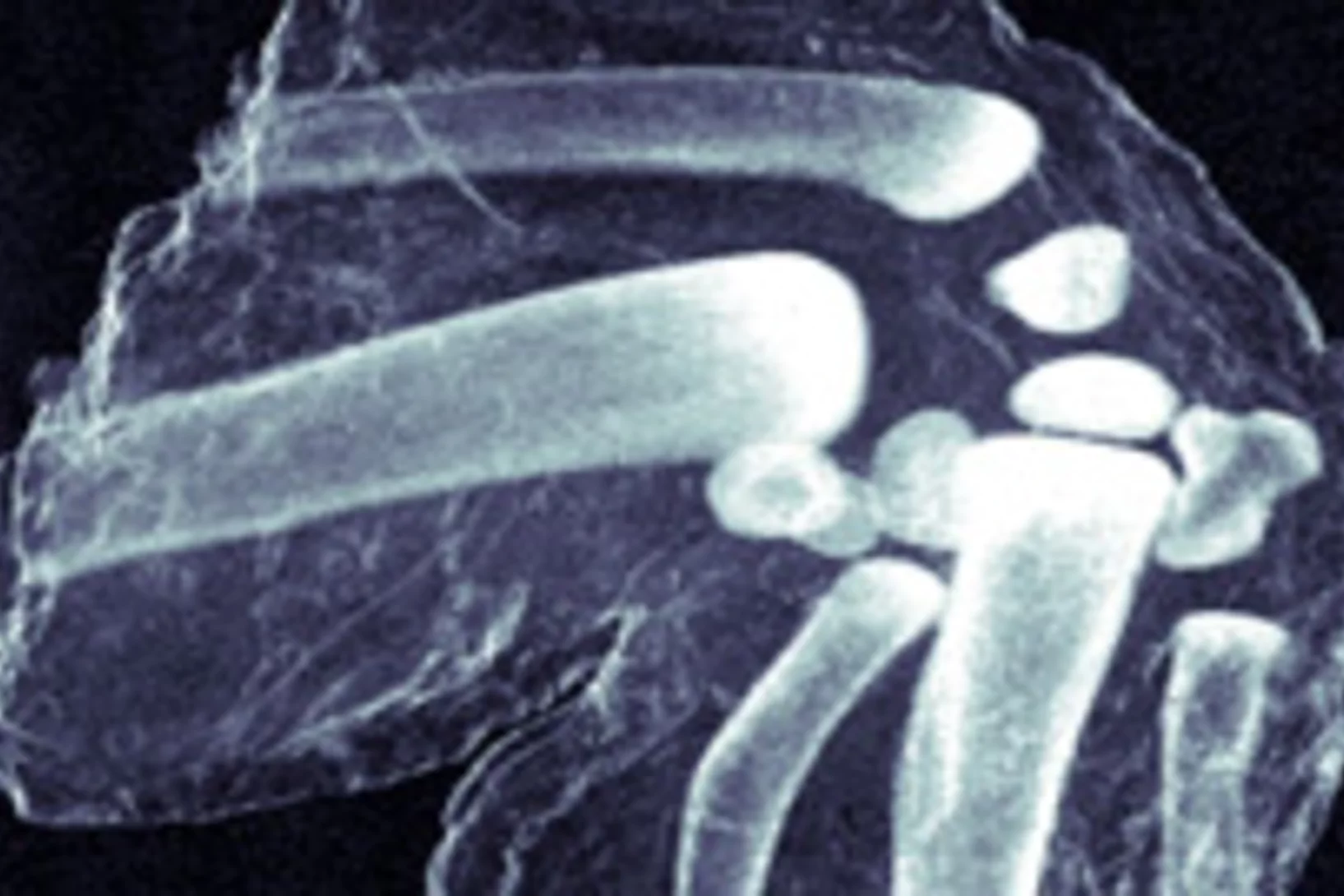Show filters
New insights into a rare disease
Researchers at PSI have uncovered how genetic defects damage human cilia in different ways – a step towards improving the diagnosis of primary ciliary dyskinesia, a disease that has until now been poorly understood.
Using AI to identify genetic perturbations from cell images
New AI identifies genetic perturbations in chromatin – a potential approach in diagnostics and drug development.
On the way to light-controlled medicine
PSI researchers have elucidated the structure of special photoreceptors.
Breast cancer classification using AI
Researchers at PSI and MIT are developing a new approach, which combines imaging and artificial intelligence to improve the staging of breast cancer.
Enabling early detection of cancer
PSI researchers develop a fundamentally new method for early detection of cancer.
Grasping diseases by the roots
PSI researchers take pictures of cell nuclei using modern high-resolution imaging techniques, employ learning algorithms to comb through these data, and thus can more reliably identify anomalies.
Earlier detection of breast cancer
3D X-rays can improve breast cancer screening.
X-ray imaging after heart transplantations
Synchrotron light can be used in follow-up after a heart transplant to determine whether the body may be rejecting the new organ.
Imaging biomarkers for Alzheimer’s disease
Artificial intelligence pinpoints cells indicative of Alzheimer’s disease based on DNA packing in mouse brain images, shows study in Nature Communications
Making tumour diagnosis kinder to kidneys
Improved method thanks to a molecular trick
Swissmedic grants operating licence for new radiopharmaceutical production facility
From research to production – the new pharmaceutical lab at PSI supplies neighbouring hospitals with novel cancer drugs.
Asthma: diagnosis in a single breath
PSI is involved in the development of a breath test that can be used to diagnose asthma. Imad El Haddad explains why such a test could be extremely useful – especially for children.
KSB and PSI forge a common research path
Kantonsspital Baden and the Paul Scherrer Institute PSI have signed a cooperation agreement.
Brilliant medicines
In the service of health, scientists at the Paul Scherrer Institute PSI work with radionuclides and develop agents to treat cancer and to detect tumours. Their research provides support to hospitals and is of great interest to Swiss industry.
In the focus of the protons
At the PSI, researchers work with radioactivity every day in order to develop advanced treatment methods for patients. Naturally, they take special safety precautions working with a material that decays. It's a race against time. To make sure everything functions smoothly, a dedicated work group takes care of the infrastructure.
Hitting cancer from the inside
Researchers at the Paul Scherrer Institute PSI are now investigating a new method to channel radioactive substances directly into the nucleus of a cancer cell. Through this approach, the radiation source remains inside the cell and works in a more targeted way, because it gets closer to the cell's genetic information.
Medicines made to order with pinpoint precision
At PSI, scientists are developing new medicines against cancer. These contain radioactive substances that can be injected into the patients and thus make their way to the tumour. There, in direct contact, their radiation should destroy the cancer cells. Before such a radioactive medicine can be tested on patients in the first clinical trials, however, its safety must be guaranteed to ensure that the patient will not be harmed. Therefore every agent is produced at the PSI under sterile conditions and tested – separately for each patient, and only on the doctor's order.
Phase contrast improves mammography
Phase contrast X-ray imaging has enabled researchers at ETH Zurich, the Paul Scherrer Institute (PSI) and the Kantonsspital Baden to perform mammographic imaging that allows greater precision in the assessment of breast cancer and its precursors. The technique could improve biopsy diagnostics and follow-up.
A promising new method for the diagnosis of breast cancer
A new mammography procedure that could generate substantial added value for the diagnosis of breast cancer in medical practice has just been published in the scientific journal Investigative Radiology. The method was developed at PSI in cooperation with the Certified Breast Centre at the Kantonsspital (cantonal hospital in) Baden and Philips as an industrial partner and is making the tiniest tissue changes visible. This has the potential to improve the early detection of breast cancer. Further studies in women suffering from breast cancer are to prove in a definitive manner the added value of the method.
Pancreas: new procedure detects tumours more efficiently
Better than CT and MRI: researchers at the Inselspital Berne, the University Hospital Basel and the Paul Scherrer Institute have devised a new method to detect small tumours in the pancreas.
Investigation of a new method for the diagnosis of cancer in breast tissue
The Paul Scherrer Institute PSI has developed a new breast cancer diagnostic method, and is now carrying out first tests on non-preserved human tissue in conjunction with Kantonsspital Baden AG. This new method should be able to reveal structures that cannot be seen using conventional mammography. Scientists from the research department at Philips are currently investigating the use of this process as the basis for application in medical practice.
Scharfe Röntgenbilder im Krankenhaus und am Flughafen
Publication in Nature. Researchers at the Paul Scherrer Institute (PSI) and the EPFL in Switzerland have developed a novel method for producing dark-field X-ray images at wavelengths used in typical medical and industrial imaging equipment. Dark-field images provide more detail than ordinary X-ray radiographs and could be used to diagnose the onset of osteoporosis, breast cancer or Alzheimer's disease, to identify explosives in hand luggage, or to pinpoint hairline cracks or corrosion in functional structures.

